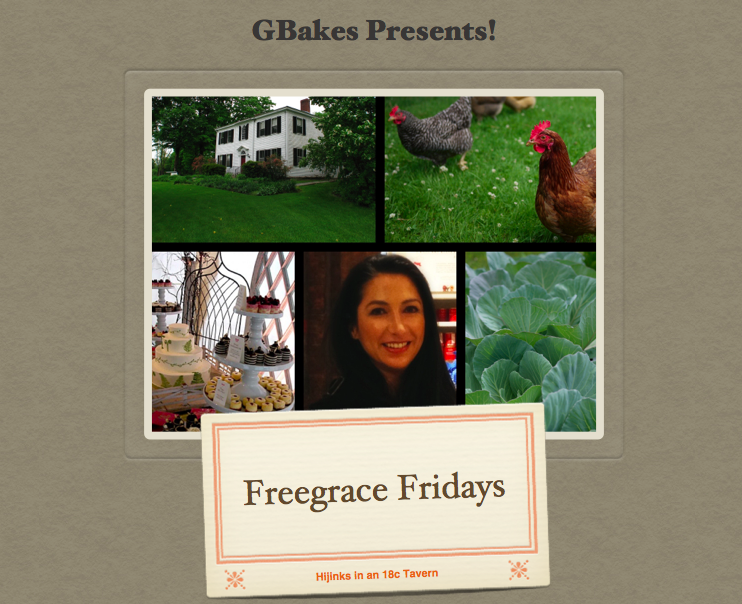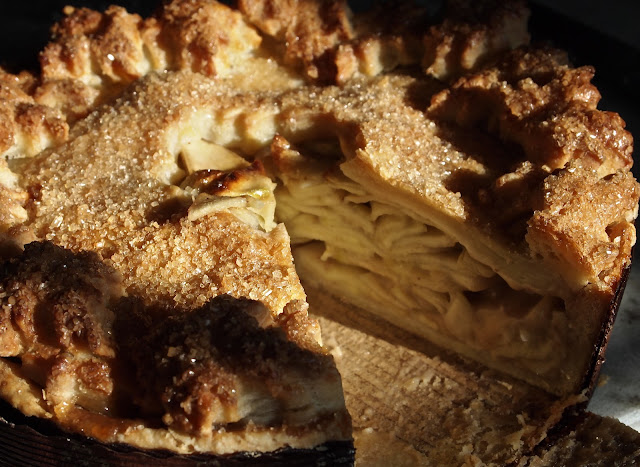FREEGRACE FRIDAY! A BEEKEEPING JOURNAL: The Buzzers are here.
I drove 2 hours from the Northeast Kingdom to our little farm in the Upper Valley with thousands of bees riding along in the bed of the truck. I'd finished teaching a wonderful class at King Arthur Flour just before I left on my journey and as I bade my lovely students farewell, they wished me luck on my adventure. They all looked terribly worried.
 |
| I'm bringing sexy back. |
The little buzzers were sealed inside a nuc (short for nucleus) box, they couldn't get out. The box had been their home for months, a working hive with a queen already laying the workers already working. To look at it, it appears to be a simple lidded cardboard box with a hole on one end, until you squint and see hundreds of winged critters flying in and out of that hole. Inside the box, 5 "frames" of drawn comb that house larva, nectar, pollen and honey are nestled one after the other. Just before the kindly gents at Northwoods Apiary put the box in my truck, they sealed the hole shut with some mesh, so the little buzzers could breath, and duct tape, because it's duct tape. Duct tape fixes EVERYTHING, even bee holes.
This isn't the only way to buy bees. You can also buy bees in a "package." 3 pounds of bees are packaged into a screened box and sealed. The queen gets her own little condo, a sealed tiny box of her own, and that's attached to the package. The queen and the workers haven't been working together. In fact, they'll first get to know each other on the trip to their new home via USPS. That's right, packages are sent via US mail. Read that again. US MAIL! As this relationship between queen and hive is brand spanking new, when you install the bees into the hive, they have to get down to the work of accepting their new queen, drawing comb, etc. So with a nuc, you get a head start.
When Jeffrey came in the morning, it took us a while to assemble everything we needed. Smoker. Deep body (The square box), the feeder, the simple syrup to feed, my hive tool. And of course, the bees. I gently pried each frame apart (they get sticky from propolis build up but nothing too alarming) and I gently lifted the frame as Jeffrey had taught me, keeping it over the body of the hive in case the queen decided to make a run for it (unlikely but you can never bee too careful). He helped me identify capped brood, larvae, nectar, pollen, capped honey. I saw a few drones, male bees who don't work in the hive but rather exist to fertilize a queen if they're lucky enough to find a lonely lass flying about (they don't mate with their own queen, who's also their mother, thank goodness). I saw the queen on the 3rd frame, moving slowly and deliberately, going about laying her quota of 2000 eggs A DAY. And then there were the thousands of worker bees, the ladies, taking care of the queen, tending to all the chores from going into the field to collect pollen and nectar to building wax for the combs (they excrete the wax through their abdomens). Busy bee, indeed.
I installed the last frame, put a feeder on top and closed up my hive. I was brimming with the warm and fuzzies. Or is it the warm and buzzies?
There's so much to learn and more to tell. Like how much honey will I get from this hive? Likely none this year as they are building up their stores and will probably need it all to overwinter. However, next year, I might get 20 pounds to 80 pounds, depending on how the nectar is flowing, etc. Do I always wear a suit? No. I only wear it when I actually disturb the hive. Do you wear that suit out in public? HELL YES!
If you have questions that you'd like answered, join my Facebook baker's group HERE and ask away. I'll answer them on the forum and will continue to update on the blog. As a new beekeeper, I may not know the answer. That's why people like Jeffrey and the insanely generous humans at Vermont Beekeepers Association are such a gift to new-bees like me.
Happy Mother's Day!
 |
| In case you were curious, here's the Berry Charlotte that I taught my class to make. |







